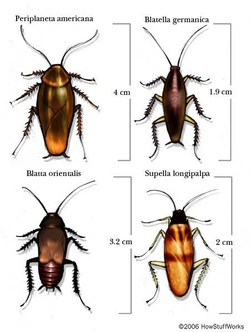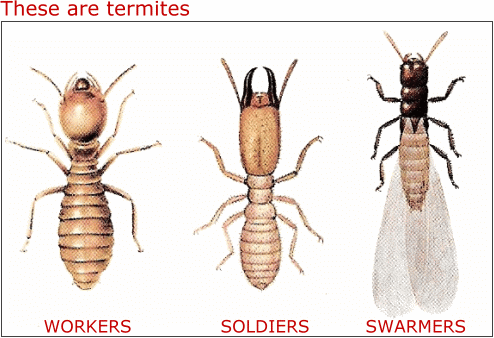|
For NEW customers only --- $99 (+ tax) -- Initial Service OR One-Time ONLY service!! *20 years of professional pest management experience
*Licensed & Insured *Small, family owned business *NO regular service schedule is required if you choose *Affordable year-round protection from a large number of the most common home-invading pests *Inspect for points of entry *Treat the exterior of your home *FREE termite inspection ** This offer does NOT apply to homes with current serious untreated or treated pest infestations. *** Offer does NOT include treatment of anything other than GENERAL pests (ex: ants, roaches, mice, spiders, flies, moths) and does not include treatment of bed bugs, termites or wildlife. *Commercial services are available CALL EDDIE TODAY at 515-537-7752 Are you seeing an ant or a termite? Both produce winged swarmers when the weather finally starts to warm. Regardless of which insect it is - there is no reason to panic - BUT it does signal the time to become pro-active!!
Termite swarmers are a sign that you may have a termite infestation in your home. Call C&C Home Services to schedule an inspection today! 515-537-7752 FOLLOW US ON TWITTER
@CCHomeServices https://twitter.com/CCHomeServices http://ht.ly/gvURP 
FROM Pest World Harry Potter’s friend, Ron Weasley, is probably in good company when he admits he hates spiders. But how much of spiders’ negative notoriety is really just a bad rap? CALL EDDIE for a FREE inspection TODAY! 515-537-7752
|
AuthorKrista gets to maintain and update the blog -- Eddie will, of course, have some creative input and all questions will be addressed & answered by him. Ask Eddie
|
|
|





